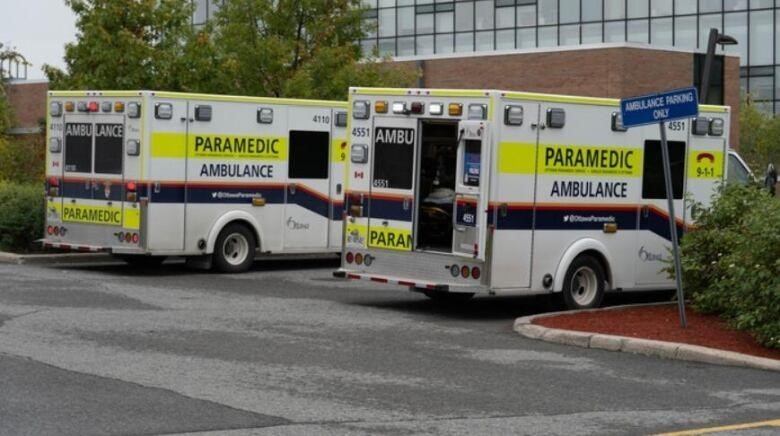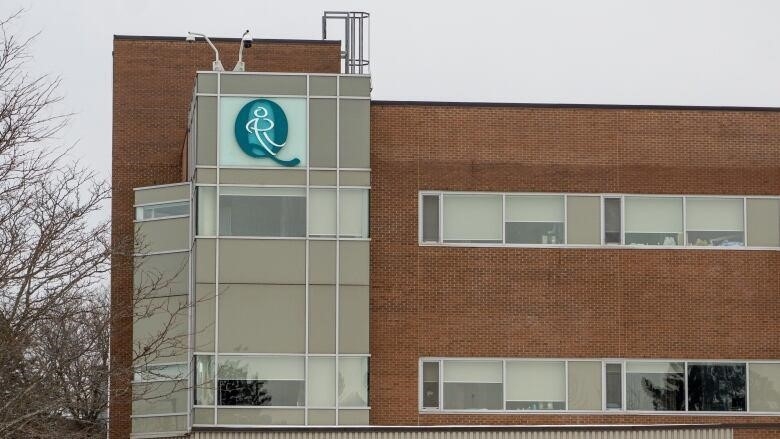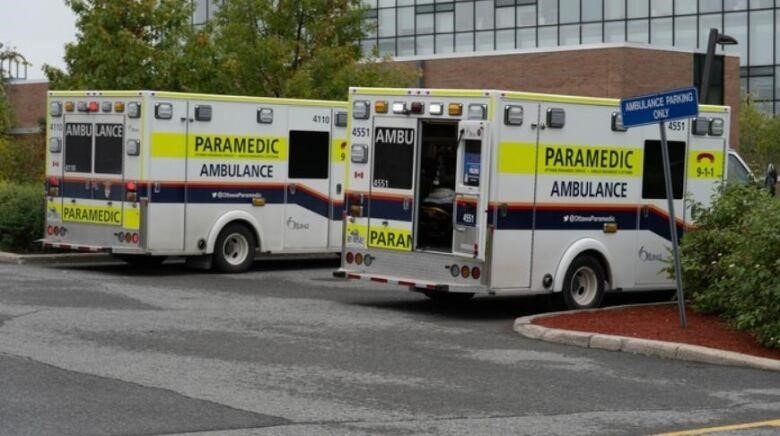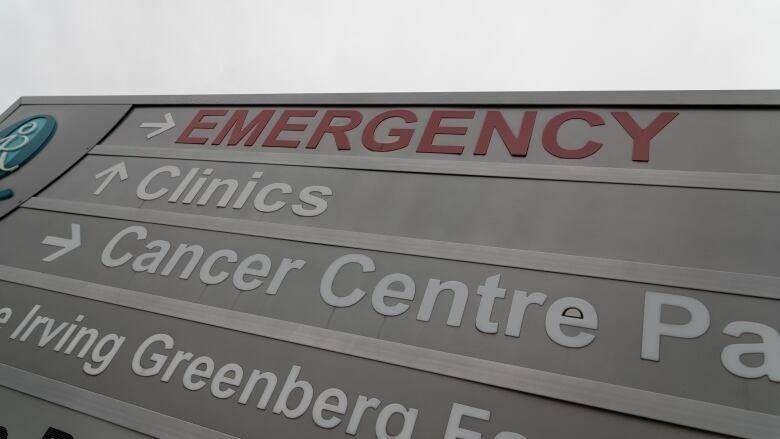
Emails from inside Queensway Carleton Hospital show that doctors are very opposed to keeping the ER open
At least two patients could have been hurt during an IT outage at an Ottawa hospital last year. This made doctors speak out against keeping the emergency room open during future “planned downtimes,” which CBC News got from internal emails.
In a message sent to managers at Queensway Carleton Hospital (QCH) in late September, a doctor from the emergency room said, “I think it’s a recipe for disaster.”
At least three power outages had already happened at the hospital that month, including a major code gray (short for critical infrastructure failure) on September 9 that took out computers, phones, and medical devices for nearly 20 hours.
QCH told its staff that it needed to take the system offline more often to fix and update it. One of these times happened on September 28 during the overnight shift.
“During this downtime, our second server will be brought back online after the code grey. “We only have one server right now, and if it goes down, we won’t have a backup, and bad things will happen,” the people in charge wrote.
During the planned downtime, at least nine services, such as phones, Wi-Fi, panic alarms, and electronic patient records, would not work.

But internal memos said that closing the emergency room that day was “not an option” because QCH’s partners in the area, the Montfort and Arnprior hospitals, would also be closed and have limited capacity.
In response, a doctor at QCH gave two examples of “real harm that was done to patients” when medical machines stopped working during an outage shift.
The doctor didn’t say when these things happened, but he used them as examples of why the hospital should think about changing its policy.
2 near misdiagnose
In the first case, the doctor said a girl came in to get her collapsed lung, or pneumothorax, checked out again. But because the main diagnostic tool was broken, the doctor said he couldn’t put her scans side by side to compare them.
The doctor wrote that the pneumothorax had gotten worse.
“Luckily, thoracic surgery saw her soon after and took care of her in the right way, but this is a case where the patient could have been given false hope and ended up in a lot of trouble.”
In the second case, a man who had fallen and hurt his hand and shoulder
“While I found and treated the broken shoulder… I couldn’t see what radiology later found to be a broken thumb, so the patient had to go back to the emergency room again to get a cast and treatment,” wrote the doctor.
“These are just two small things,” he said, “but I think they show what might happen if you try to practice in this environment.”
The doctor wrote, “Neither of these problems is helped by the plans our hospital has made.”

He also asked the hospital’s leaders to “seriously think about closing the ER during the slow times,” saying that it was one of the most stressful things he had ever done as a doctor.
Other doctors also said that the emergency room should be shut down.
In another email exchange, a doctor said, “It seems like EDs around us have been closed for less time.”
During the power outage, that doctor also said, “absolute chaos put our patients in real danger” and “doctors and nurses faced more legal liability as a result.”
The doctor wrote, “I would like to know why we and our patients should take the risk.”
The comments made by the doctors in the email chain were internal, so CBC isn’t going to name them. Also, they turned down an interview.
“A lot like working in the country.
In the heated email exchange, a member of the hospital’s leadership team said he couldn’t say how QCH would handle a lawsuit if medical liability came up during a slow time.
“Our limited access makes me think that the quality of care has changed.” In the same way as working in a rural area, The leader, who is also a doctor, wrote this.
The leader said it was a “terrible situation,” but he said he would ask for help from the staff at The Ottawa Hospital’s Civic campus.

In a statement sent to CBC News by email, QCH said it doesn’t comment on “hypothetical legal situations” but thanked its frontline workers for their hard work.
In the months after the internal email chain, QCH would have seven more outages of different lengths. Since September, there have been at least nine power outages at the hospital. Each one lasted anywhere from a few minutes to 11 hours.
A spokesperson for QCH said that five of the incidents were set off on purpose to keep the hospital’s electronic health record system, called Meditech, in good shape.
“Any organization with an IT network, like a hospital, needs to plan regular downtimes for maintenance and upgrades,” QCH said in a statement.
The hospital says that no one was hurt and no one’s privacy was broken.
Aging equipment is likely to be to blame
QCH still hasn’t found out what caused the first code gray incident, which was called a “worst-case scenario” by the company in early September.
Since then, QCH has said that the most likely cause was the age of the equipment.
Internal documents that were obtained through a Freedom of Information Act request show that a key piece of Cisco’s hardware should have been replaced a long time ago.
In the hospital’s most recent email to CBC, a spokesperson said that Cisco sent the parts to QCH earlier this month.

